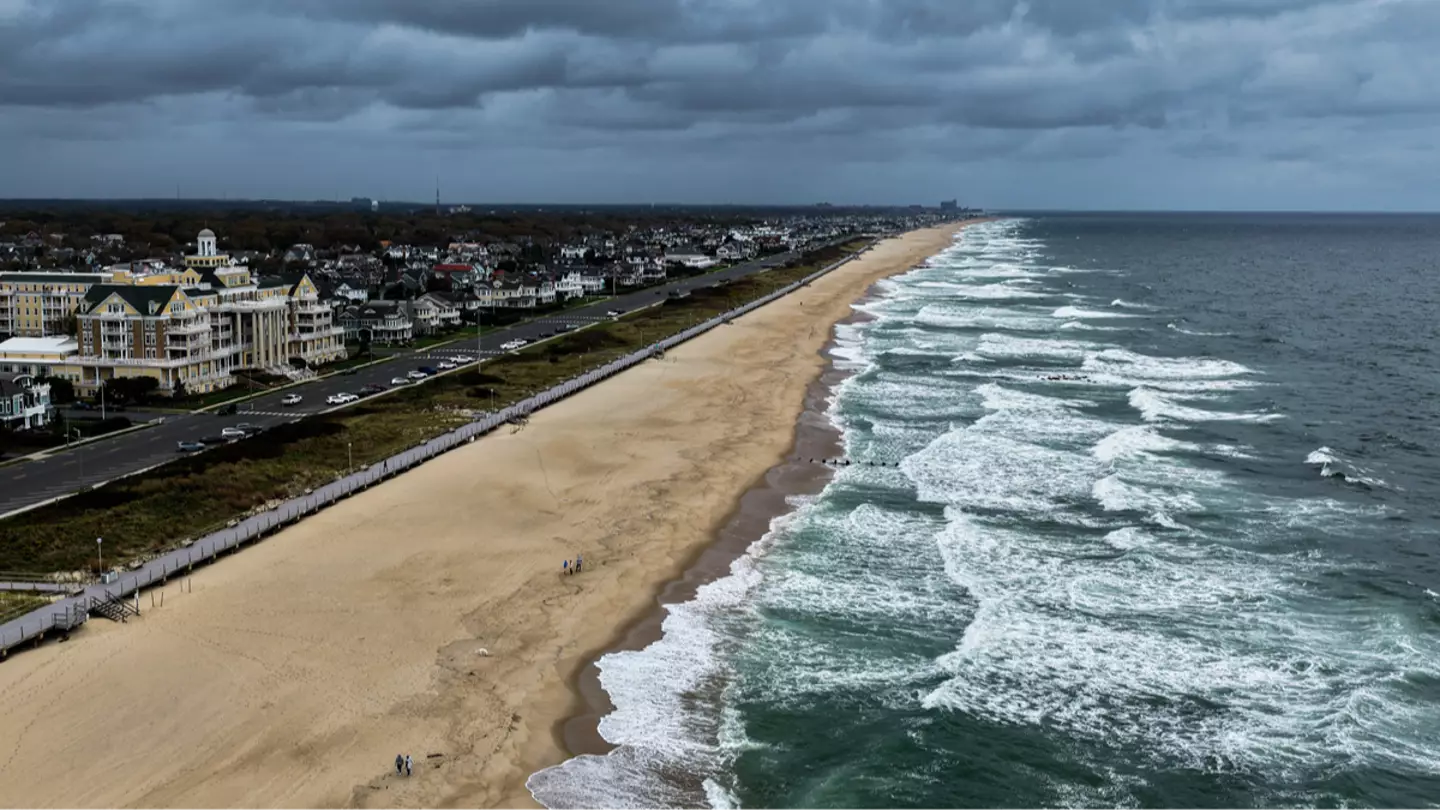9,000,000 under state of emergency as hurricane-like Nor'easter set to hit East Coast with urgent warning issued
Residents have been warned to 'remain off the roads unless absolutely necessary'
Featured Image Credit: Getty Images/AnadoluTopics: US News, News, Weather

